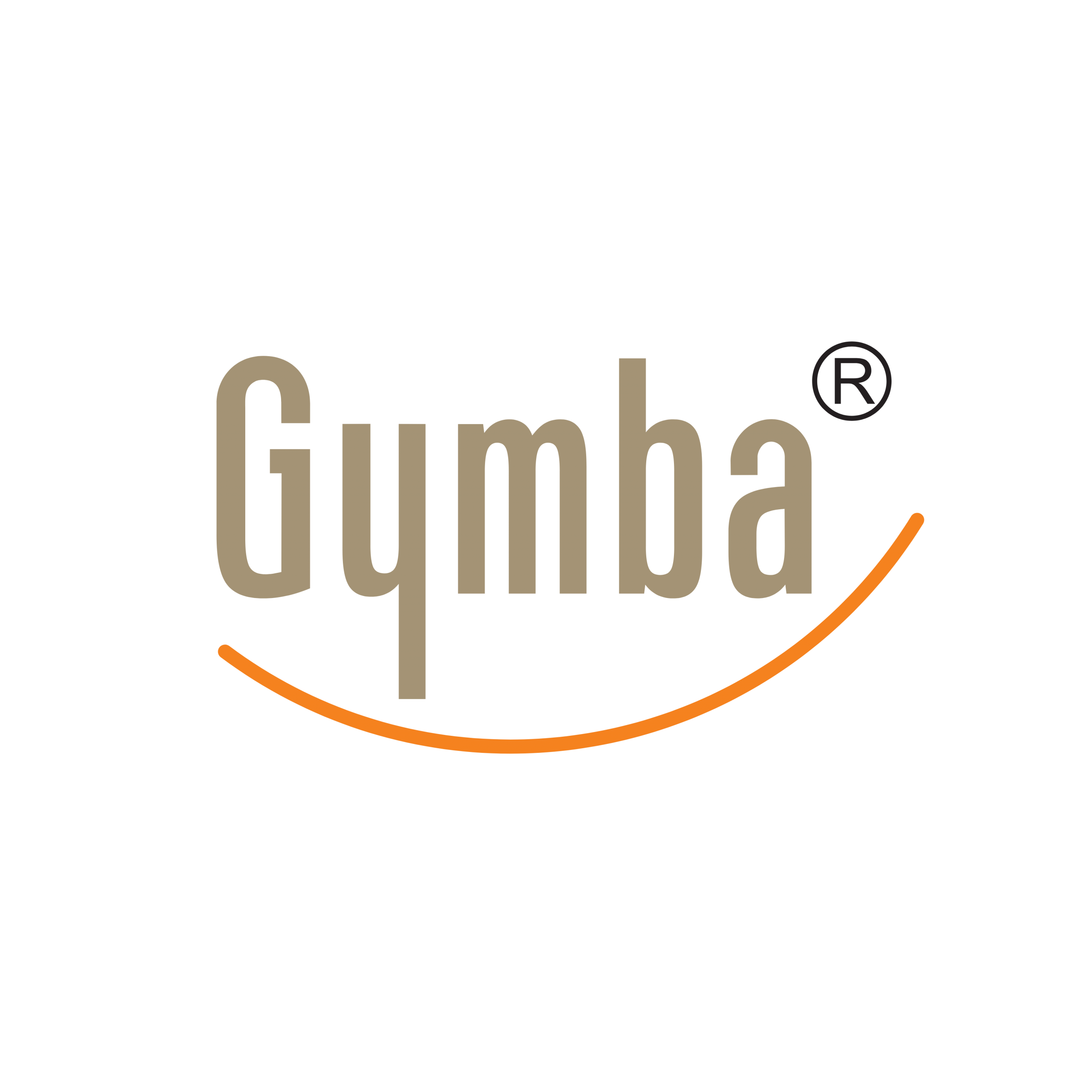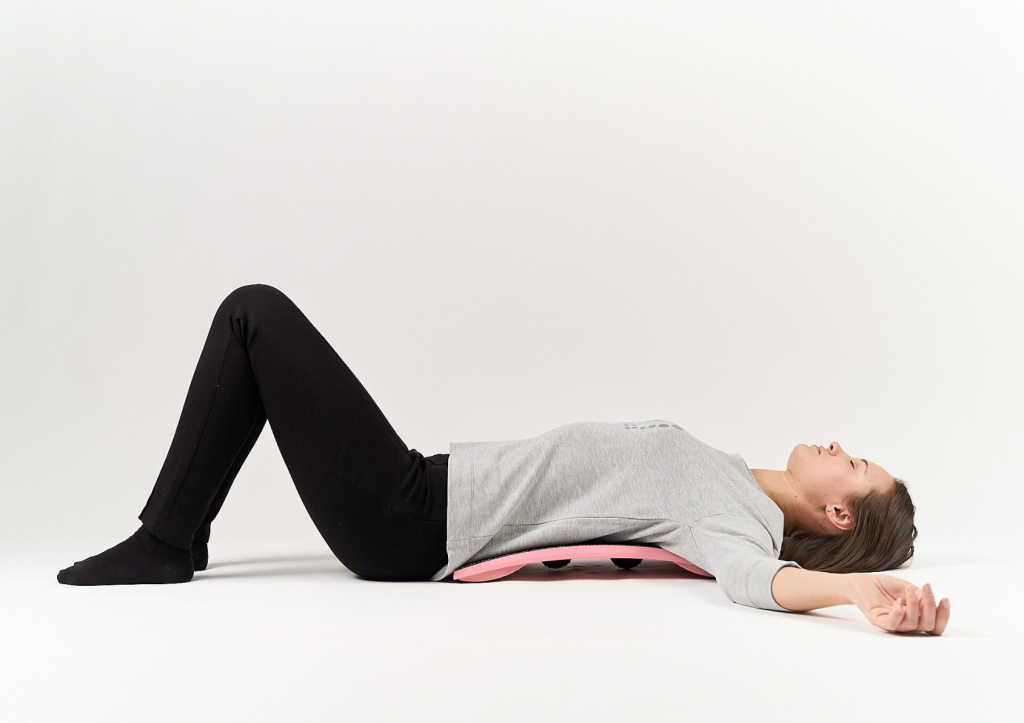To prevent back pain while working at your desk, incorporate regular stretching and movement throughout your day. Try gentle exercises like seated spinal twists, shoulder rolls, chest openers, and seated cat-cow stretches. Take microbreaks every 30 minutes to stand and move around. Set up your workstation ergonomically with your monitor at eye level, chair supporting your lower back, and feet flat on the floor. These simple interventions can significantly reduce strain on your back and help maintain proper posture during long periods of desk work.
Why is sitting at your desk causing back pain?
Prolonged sitting at your desk causes back pain primarily because it places excessive pressure on your spine and supporting muscles. When you sit for hours, your body naturally slumps forward, creating poor postural alignment that strains your back muscles and spinal discs.
This static position reduces blood circulation to your muscles and discs, depriving them of essential nutrients and oxygen. Your hip flexors and hamstrings also tighten from continuous sitting, pulling your pelvis into an unnatural position that flattens your lower back’s natural curve.
Modern desk setups often worsen these issues. Many people work with their screens too low, causing them to hunch forward. Others use chairs without proper lumbar support, forcing their spine into unnatural positions. Even seemingly minor habits like crossing your legs or leaning to one side create muscle imbalances that develop into pain over time.
Working from home brings additional challenges, as makeshift workspaces on sofas or beds provide virtually no back support. Without ergonomic furniture, your body compensates through poor positioning that eventually leads to discomfort and pain.
What simple stretches can you do at your desk to relieve back tension?
You can easily perform several effective stretches without leaving your desk to immediately relieve back tension. These desk-friendly exercises take only minutes but provide significant relief when done regularly throughout your workday.
Seated spinal twist: Sit upright with feet flat on the floor. Place your right hand on your left knee and your left hand behind you on your chair. Gently twist your torso to the left, looking over your left shoulder. Hold for 15-30 seconds, breathing deeply, then switch sides. This releases tension in your middle and lower back.
Shoulder rolls: Sit tall and roll your shoulders forward in circular motions 5-10 times, then reverse direction. This simple movement relieves upper back and neck tension that builds up from typing and screen viewing.
Chest opener: Clasp your hands behind your back, sit up straight, and gently lift your arms while squeezing your shoulder blades together. Hold for 10-15 seconds while breathing deeply. This counteracts the forward hunching position that strains your upper back.
Seated cat-cow stretch: Sit at the edge of your chair with feet flat on the floor. Place hands on knees. Inhale while arching your back and looking up (cow pose). Exhale while rounding your spine and dropping your chin to your chest (cat pose). Repeat 5-10 times slowly. This improves spinal mobility and relieves stiffness throughout your entire back.
Chair back bend: Sit tall, place hands on your lower back for support, and gently arch backward while looking up. Hold for 5-10 seconds. This counters the forward-leaning position most people maintain throughout the workday.
How can you incorporate movement into your workday routine?
Breaking up long periods of sitting with regular movement is crucial for preventing back pain. Schedule microbreaks every 30 minutes—even brief movement intervals significantly reduce muscle strain and improve circulation to your back muscles.
Set a timer on your phone or computer to remind you to stand up regularly. When it goes off, simply stand, stretch your arms overhead, and walk around for 1-2 minutes. This brief activity resets your posture and awakens compressed muscles.
Take advantage of natural breaks in your workflow. Use phone calls as opportunities to stand up and walk around your home office. Consider conducting walking meetings when possible, either outdoors or simply pacing while discussing topics that don’t require screen sharing.
Alternate between sitting and standing positions if you have an adjustable desk. Even without a standing desk, you can improvise by placing your laptop on a high counter or bookshelf for short periods. Aim to stand for 15-30 minutes each hour.
Incorporate functional movements into your day. Do a few squats or lunges when you get up for water. Practice balancing on one leg while waiting for the kettle to boil. These small activities activate your core muscles that support your back throughout the day.
What ergonomic adjustments help prevent back pain at your desk?
Creating an ergonomically optimised workspace significantly reduces your risk of developing back pain. Start with your chair—it should provide proper lumbar support that maintains your spine’s natural curve. Adjust the height so your feet rest flat on the floor with knees at approximately 90 degrees.
Position your monitor at eye level, about an arm’s length away. This prevents the forward head posture that strains your neck and upper back. If you use a laptop, consider a proper ergonomic laptop stand for height adjustment that allow you to elevate your screen to the proper height.
Your keyboard and mouse should be positioned so your elbows rest comfortably at your sides at roughly 90-degree angles. This reduces shoulder tension that radiates into your upper back. A keyboard tray or adjustable ergonomic desk for optimal positioning can help achieve this ideal position.
Consider using supportive accessories like a small lumbar cushion if your chair lacks adequate support. A footrest can help maintain proper leg positioning if your chair is too high. Document holders placed beside your monitor reduce the need to look down repeatedly, which strains your neck and upper back.
Arrange frequently used items within easy reach to avoid twisting and stretching. Even small repetitive movements can accumulate stress on your back muscles throughout the day.
Remember that even the perfect ergonomic setup requires movement breaks. The best position is always your next position, so continue to vary your posture throughout the day.
At Gymba, we understand how proper ergonomics and movement can transform your workday experience. Our solutions are designed to help you maintain good posture and stay active even during long periods at your desk. By implementing these simple exercises and using a Gymba board for active standing movement, you can work comfortably and protect your back health for years to come.

